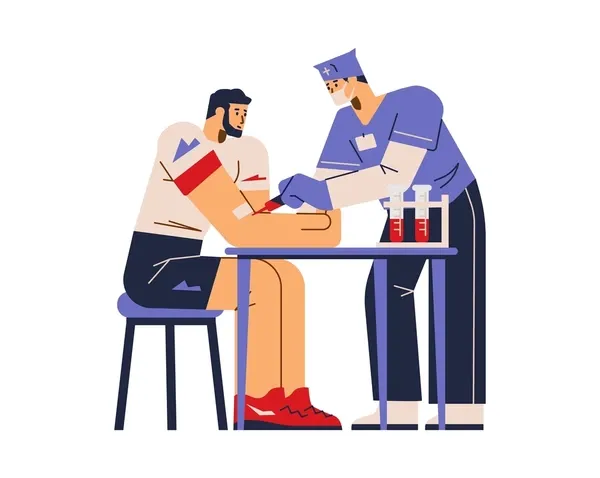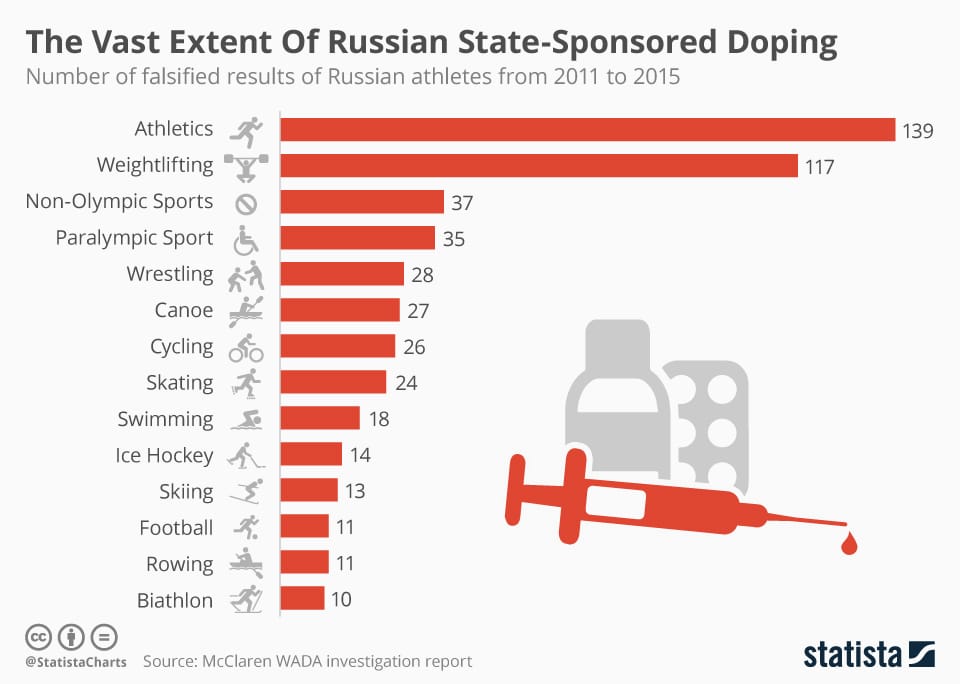The Stained Podium: Sports Scandals and Ethical Erosion
Delve deep into the most explosive sports scandals: from historic doping controversies and devastating match-fixing schemes to athlete conduct crises.

Written by Lavanya, Intern, Allegedly The News
GENEVA, September 9, 2025
The world of sports is built on the ideals of fair play, integrity, and athletic excellence. We watch with bated breath, rooting for our heroes and celebrating their triumphs. Yet, beneath the veneer of competition and glory lies a darker, more complex reality. Sports scandals, from doping to match-fixing and issues of athlete conduct, have become alarmingly frequent, chipping away at the foundation of trust between fans, athletes, and the institutions that govern them.
Doping: The Race to Redefine Human Limits
The pursuit of victory has always driven athletes to seek an edge. Historically, this meant specialized diets or training regimens. However, with the advent of modern pharmacology, that pursuit took a perilous turn. The use of performance-enhancing drugs (PEDs) has become a persistent, pervasive problem, threatening the very notion of a level playing field.
A Timeline of Deceit
- 1904 Olympics: The first documented doping scandal in modern sports. American marathon runner Thomas Hicks was given a mixture of strychnine and brandy by his coach to help him finish the race. He won, but nearly died in the process. This early incident highlighted the dangerous, unregulated nature of stimulants in competition.
- 1988 Seoul Olympics: Canadian sprinter Ben Johnson shattered the world record for the 100-meter dash, an electrifying victory that lasted only 48 hours. He was stripped of his gold medal and his record after testing positive for the anabolic steroid stanozolol. The scandal sent shockwaves globally, bringing the issue of doping out of the shadows and into the mainstream public consciousness.
- 1990s - 2000s: Cycling's Dirty Era: The sport of cycling became synonymous with doping. The Festina affair in the 1998 Tour de France, where a team car was found with a massive stash of PEDs, exposed systemic doping practices within professional cycling. This was just a precursor to the biggest scandal of all.
- 2013: The Fall of Lance Armstrong: After years of fervent denials and legal battles, American cyclist Lance Armstrong confessed to Oprah Winfrey that he had used a cocktail of PEDs, including EPO, human growth hormone (HGH), and testosterone, throughout his career. His admission led to him being stripped of all seven of his Tour de France titles and a lifetime ban from the sport. Armstrong's case was a grim lesson in how far an athlete would go to maintain a lie, and how complicit the system can be.
- 2015 - present: The Russian Doping Program: An expansive, state-sponsored doping program in Russia was uncovered, leading to the country being banned from numerous international competitions, including the Olympics. The McLaren Report detailed a systematic conspiracy to cover up positive tests, raising questions about institutional integrity and the politicization of sports. The ongoing fallout shows that the fight against doping is not just against individual athletes but against entire organizations.
Match-Fixing: The Corruption of Competition
While doping subverts the rules of the game, match-fixing corrupts the very purpose of it. It's the ultimate betrayal, turning a contest of skill into a rigged spectacle for financial gain. The motivations behind it- from illicit gambling to coerced involvement- are complex, but the impact is simple: it destroys fan trust and the integrity of the sport itself.
Noteworthy Cases: A History of Thrown Games
- 1919: The Black Sox Scandal: Eight players from the Chicago White Sox conspired with gamblers to intentionally lose the World Series to the Cincinnati Reds. The players were promised a total of $100,000. Despite a grand jury indictment and an acquittal, all eight players were banned from baseball for life by Commissioner Kenesaw Mountain Landis. The scandal became a cautionary tale about the perils of gambling and its influence on sports.
- 2007: The NBA Betting Scandal: Former NBA referee Tim Donaghy pleaded guilty to federal charges related to betting on games he officiated. Donaghy admitted to providing inside information to gamblers, affecting the outcome of multiple games. His case highlighted the vulnerability of sports to corruption from within its own ranks, not just from athletes. The scandal raised questions about the league's oversight and the integrity of its officiating.
- Recent Scrutiny: With the explosive growth of online sports betting, the threat of match-fixing has intensified. The ease of placing bets on specific "spot-fixing" outcomes (e.g., a certain number of fouls or points in a quarter) has made it a more subtle and difficult-to-detect threat.

Athlete Conduct: Beyond the Field of Play
The public holds athletes to a high standard, expecting them to be role models both on and off the field. When their personal lives are marred by scandal, from domestic violence to reckless behavior, it can have a devastating impact on their reputation, their sport, and the brands they represent. These controversies, while not directly related to on-field performance, often ignite fierce public debate about the nature of celebrity and accountability.
The Spotlight of Shame
- 2009: Tiger Woods' Downfall: Golf legend Tiger Woods, once a paragon of corporate sponsorship and an immaculate public image, saw his career and reputation implode after a string of extramarital affairs came to light. The scandal cost him millions in endorsements and irrevocably altered his public perception.
- 2014: Ray Rice's Domestic Violence Case: A video of NFL player Ray Rice brutally assaulting his then-fiancée in an elevator surfaced, igniting a firestorm of criticism against both Rice and the NFL. The league was widely condemned for its initial lenient punishment, leading to a stricter domestic violence policy. The case forced a long-overdue conversation about accountability and the moral responsibility of sports leagues.
- 2018: The Larry Nassar Scandal: One of the most horrifying scandals in sports history, the Nassar case exposed decades of systemic sexual abuse within USA Gymnastics. Dr. Larry Nassar, a team physician, was found to have abused hundreds of young female athletes. The scandal revealed a deep-seated institutional failure to protect vulnerable athletes, with a culture of silence and complicity that enabled the abuse for years. This case, more than any other, has forced sports organizations to re-evaluate their entire safeguarding protocols.
The Consequences: From Individual Ruin to Systemic Reform
The fallout from these scandals is far-reaching, affecting not just the individuals involved but the entire ecosystem of sports.
- Reputational Damage: For athletes, a scandal can mean the loss of endorsements, awards, and their legacy. For leagues and federations, it can lead to a significant loss of public trust and viewership, impacting everything from ticket sales to broadcast rights.
- Financial Repercussions: Brands often distance themselves from disgraced athletes, resulting in the termination of lucrative sponsorship deals. Leagues may face fines, lawsuits, and decreased revenue streams. The integrity of the sport is, in many ways, its most valuable asset, and a scandal devalues it.
- Institutional Change: Scandals, while painful, can also be a catalyst for change. The Ben Johnson case led to the formation of the World Anti-Doping Agency (WADA). The Ray Rice and Larry Nassar cases forced the NFL and USA Gymnastics to implement more robust accountability measures. These events, though shameful, have pushed organizations toward greater transparency and stricter regulations.
A Theory of Perpetual Recalibration
Sports scandals are not isolated incidents; they are symptomatic of a deeper, more fundamental tension between the ideals of competition and the realities of human nature. The "win at all costs" mentality, the immense financial pressures, and the temptations that come with fame and power create an environment ripe for ethical compromise.
The history of sports scandals reveals a perpetual cycle of transgression and recalibration. An athlete or organization commits an egregious act, the public reacts with outrage, and the system is forced to reform. These reforms, in turn, create new challenges and new avenues for future misconduct. The doping scandal leads to better testing, which leads to new, undetectable drugs. The match-fixing scandal leads to stricter rules, which are then exploited in new, more sophisticated ways.
In this perpetual cycle, the true purpose of sports- a pure, honest test of human spirit and physical ability- is continuously challenged. The future of athletic integrity depends not just on punishing the past, but on anticipating the next ethical frontier and building systems resilient enough to withstand the unending pressure to win, no matter the cost.
A Path Forward
The enduring presence of sports scandals prompts a critical look at the systems that enable them. To move forward, we must ask ourselves difficult questions. How can we strike a balance between an athlete's right to privacy and the public's expectation of them as a role model? With the rise of legalized sports betting, what specific measures must be taken to prevent match-fixing at all levels of competition, from professional leagues to collegiate sports?
Sources
World Anti-Doping Agency (WADA) reports, U.S. Anti-Doping Agency (USADA) investigative findings, Major League Baseball historical archives, NBA statements and court documents, Europol reports on match-fixing, and public records from the Larry Nassar investigations.




